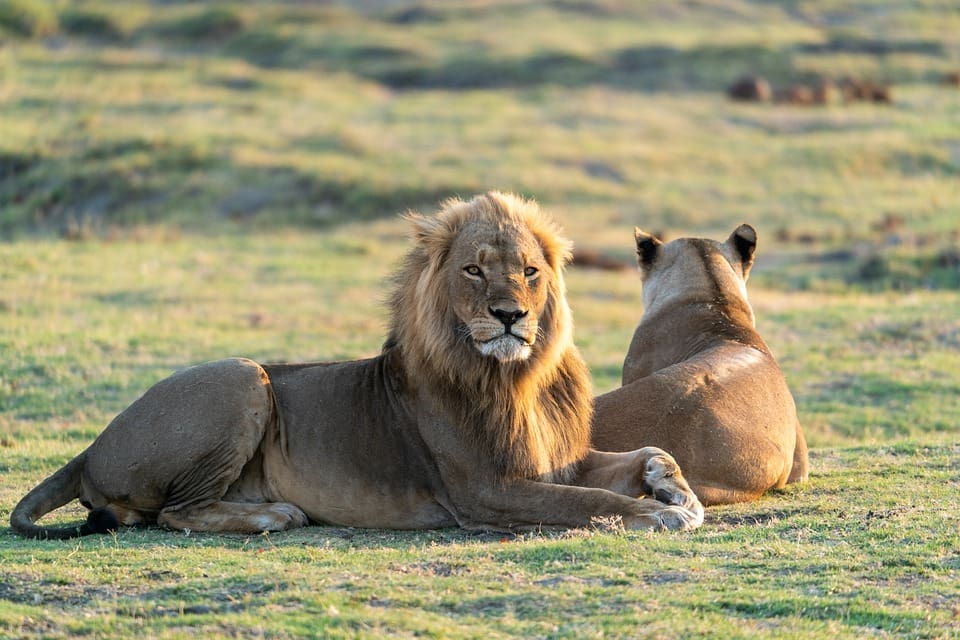| In the past, it was believed that sociality i.e. tendency to associate in or form social groups, determined a species’ brain size. It seemed that forming complex relationships and societies allowed for larger brains as seen in communities of primates. Although that may be true, this hypothesis has not been completely proven. In this study completed in 2021, associations between brain size and other ecological factors like diet, habitat variability, and home range were analyzed in mammals. Using brain, social, ecological, and life-history data, it was found that a significant determination of brain size in carnivores was home range size. Because carnivores must process spatial memory of food including location and distribution, they must have more complicated mental faculties. For roaming predators, in particular, prey includes herbivores who often travel long distances in herds. In addition, obligate meat-eating carnivores (animals whose diet has at least seventy percent meat) consume the highest caloric diet, so animals like lions and tigers may have more energy to produce larger brains. This analysis provided no evidence that there was a correlation between sociality and brain size in carnivores, which makes sense when considering complex societies are less common in carnivore species compared to primates. Increased age at reproduction, longer gestation length, and longer lifespan also correspond with bigger brain size. Sociality may play a role in brain size for primates, but carnivores seem to need larger brains to critically process where their food might be. |
| Read the full article here: Why big brains? A comparison of models for both primate and carnivore brain size evolution |



Recent Comments